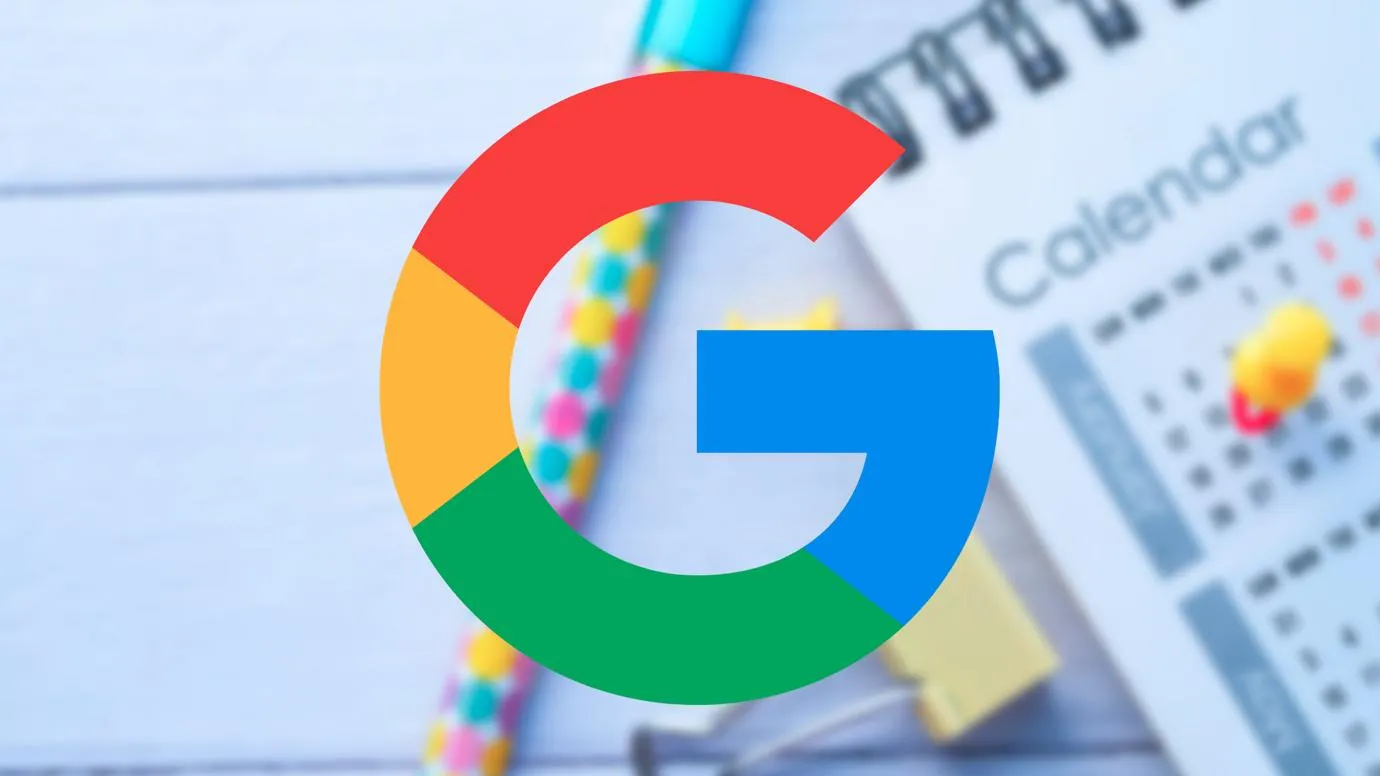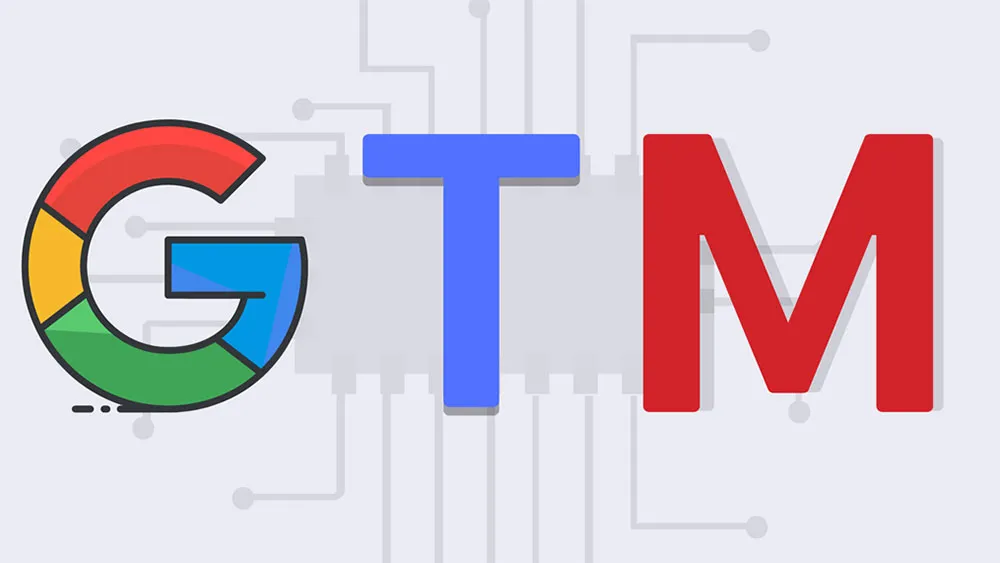The Power of Google Site Link Assets: Enhance Your Google Ads Performance
By Bruce Klaic (MBA) - Head of Marketing Thursday, September 5, 2024
Source: https://www.youtube.com/watch?v=S7Pd5X6Zov4
What Are Site Link Assets?
Site link assets are additional links that appear beneath your main Google ad copy, directing users to specific pages on your website. You've likely encountered them before without realising their technical name. These links provide users with quick access to relevant content, making it easier for them to find exactly what they're looking for with minimal effort.
Key Benefits of Site Link Assets:
- Improved Navigation: Users can directly access specific sections of your website, enhancing their browsing experience.
- Increased Visibility: Additional links make your ad occupy more space on the search results page, grabbing more attention.
- Higher Click-Through Rates (CTR): Providing multiple relevant options encourages more clicks, leading to better engagement.
- Enhanced Conversion Rates: Streamlined access to relevant pages can lead to increased conversions and sales.
Why Should You Use Site Link Assets?
Implementing site link assets in your Google Ads campaigns offers several strategic advantages:
1. Boost Ad Visibility and Engagement
By adding more links to your ad, you occupy more real estate on the search engine results page (SERP). This increased visibility naturally attracts more eyes and encourages users to engage with your ad, leading to higher CTR and better overall performance.
2. Enhance User Experience
Site link assets simplify the user journey by providing direct paths to the most relevant content. For instance, if a user searches for "best smartphones," your ad can include site links to various brands or categories, allowing users to find their desired information quickly and efficiently.
3. Achieve Time and Budget Efficiency
Creating separate campaigns for every product or service can be time-consuming and costly. Site link assets allow you to consolidate your efforts by directing users to different offerings through a single ad. For example, an e-commerce store selling TVs can use site links to showcase different brands like Samsung, Sony, and LG without creating individual campaigns for each.
4. Improve Quality Score and Reduce Costs
Effective use of site link assets can contribute to a higher Quality Score for your ads. A better Quality Score often leads to lower cost-per-click (CPC) and improved ad rankings, maximising your return on investment (ROI) and ensuring your ads reach a broader audience at a lower cost.
Best Practices for Implementing Site Link Assets
To fully leverage the benefits of site link assets, consider the following best practices:
1. Ensure Relevance
Each site link should be closely related to the content of your main ad and the user's search intent. Irrelevant links can confuse users and diminish the effectiveness of your campaign. Always align your site links with what your target audience is seeking.
2. Use Action-Oriented Language
Craft compelling and concise link text that encourages users to take action. Phrases like "Explore Our Collection," "Get a Free Quote," or "Learn More" can entice users to click and engage further with your website.
3. Keep Content Updated
Regularly review and update your site links to reflect current promotions, new products, or updated information. Outdated links can lead to poor user experiences and missed opportunities for engagement.
4. Monitor and Optimise Performance
Use analytics tools to track the performance of each site link. Pay attention to metrics such as CTR, conversion rates, and bounce rates. Identify and remove underperforming links and replace them with more effective alternatives to continuously improve your campaign results.
5. Optimise Landing Pages
The pages that your site links lead to should be well-designed, relevant, and user-friendly. Ensure that these landing pages provide valuable information and a clear path to conversion, whether that's making a purchase, signing up for a newsletter, or filling out a contact form.
Tracking and Measuring Success
Effective measurement is crucial for understanding the impact of your site link assets. Focus on the following key performance indicators (KPIs):
- Click-Through Rate (CTR): Indicates how often users click on your site links compared to how often they see them.
- Conversion Rate: Measures the percentage of users who take a desired action after clicking through.
- Cost Per Conversion: Helps assess the financial efficiency of your campaigns by showing how much each conversion costs.
Regularly analyse these metrics to identify trends, make informed decisions, and adjust your strategies accordingly for optimal performance.
Site link assets are a powerful tool in your Google Ads arsenal, offering enhanced visibility, improved user experience, and greater efficiency in achieving your marketing goals. By implementing these assets thoughtfully and adhering to best practices, you can significantly boost the performance of your advertising campaigns.
For more free resources and expert insights on mastering Google Ads, be sure to check out our other blog posts on the topic. Dive deeper into strategies, tips, and best practices that will help you run your Google Ads campaigns like a pro.


